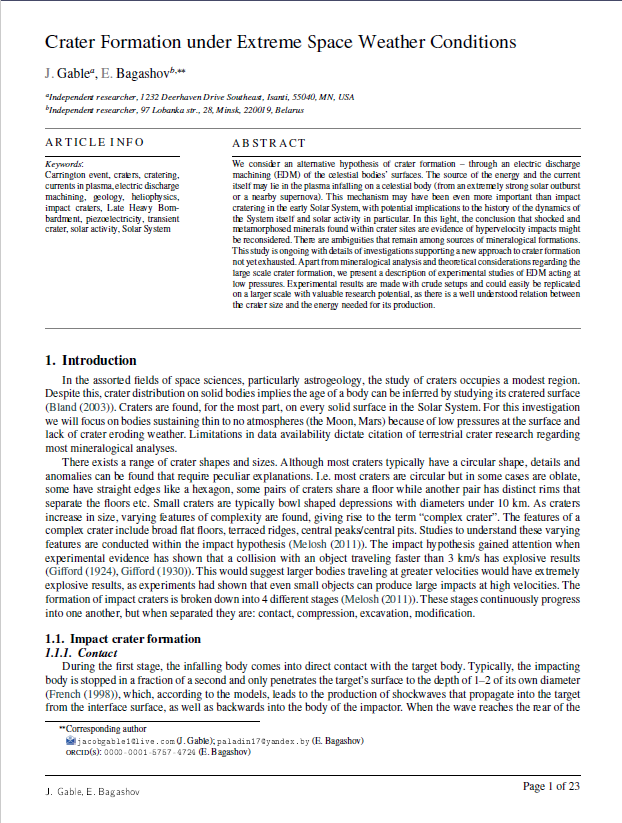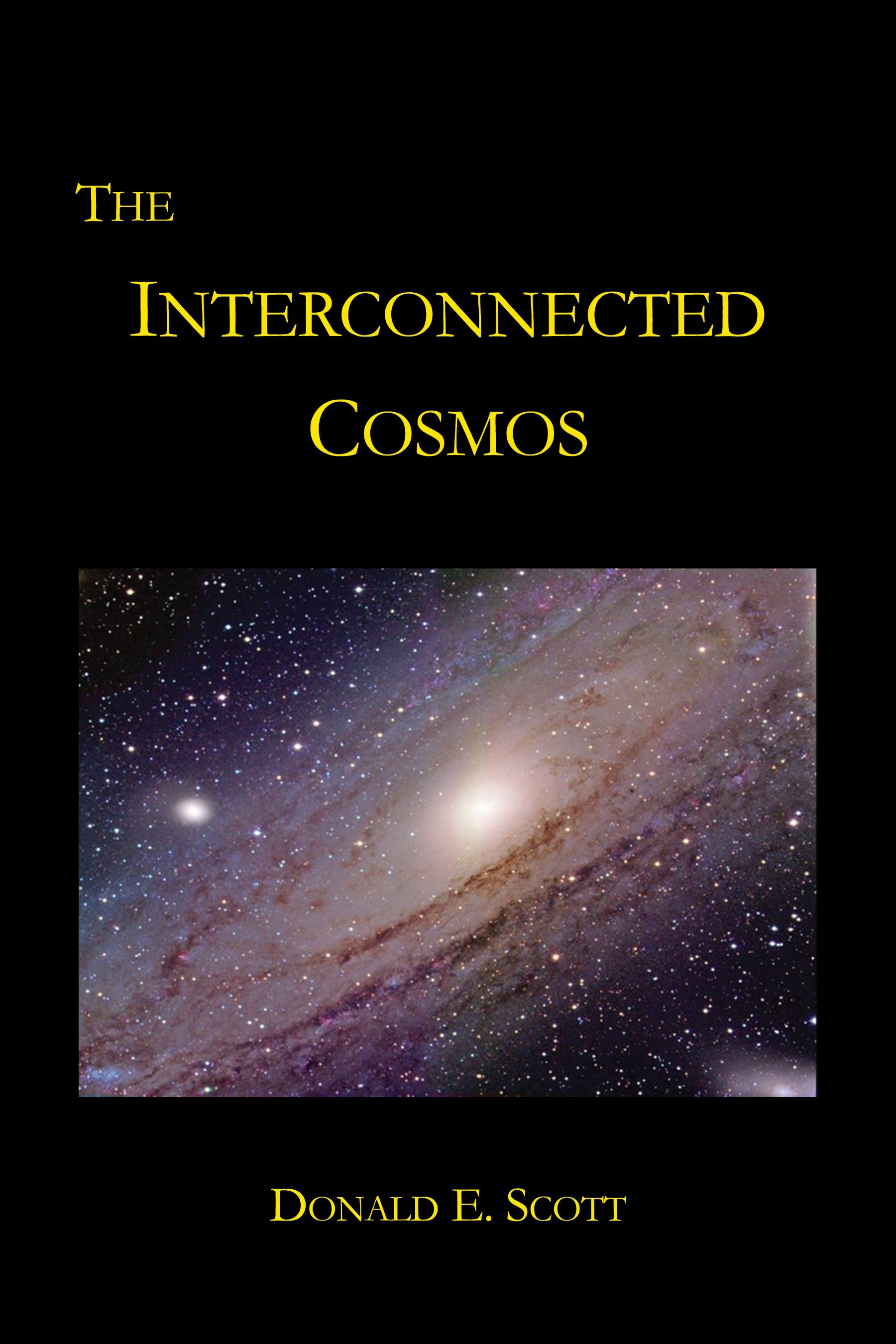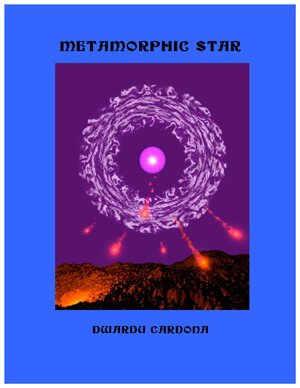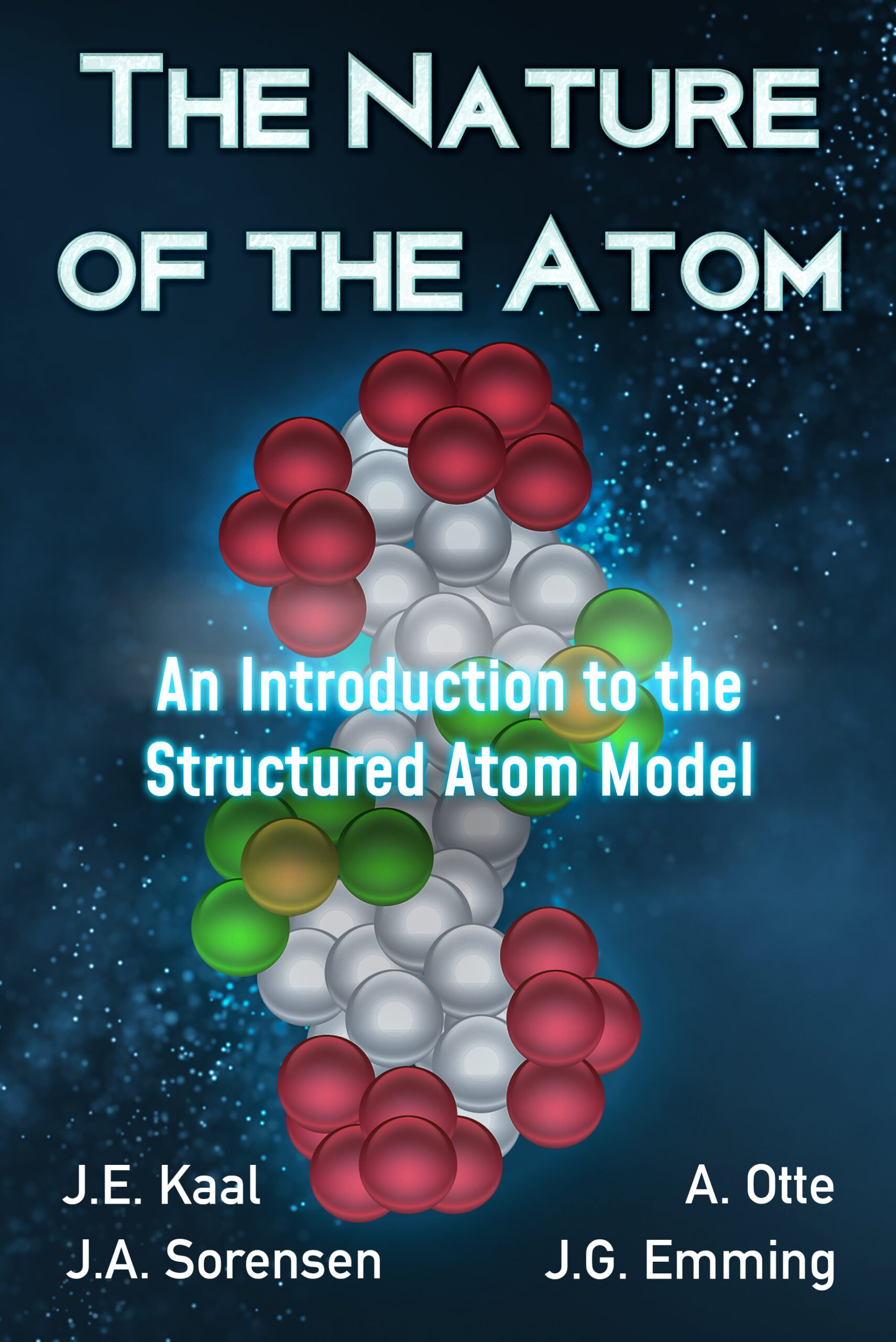• Craters might be produced by electric currents both in laboratory conditions and on celestial bodies
• An extremely large solar outburst or a nearby supernova may cause cratering of Solar System bodies
• Laboratory electric discharge machining is a useful tool for studying larger scale craters
• Piezoelectricity may play a major role even in impact cratering
• Electrically induced cratering may solve some problems of impact crater hypothesis










